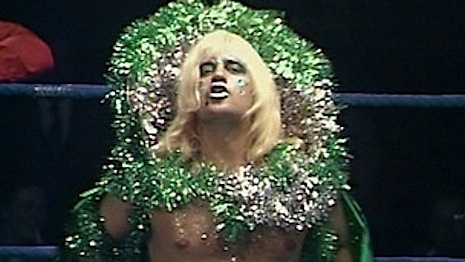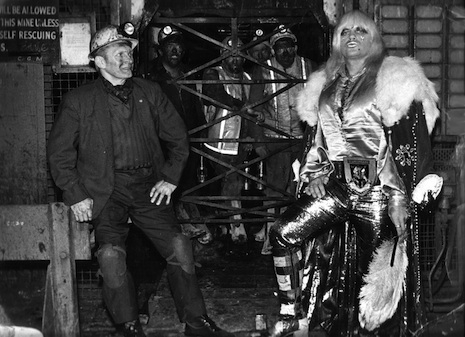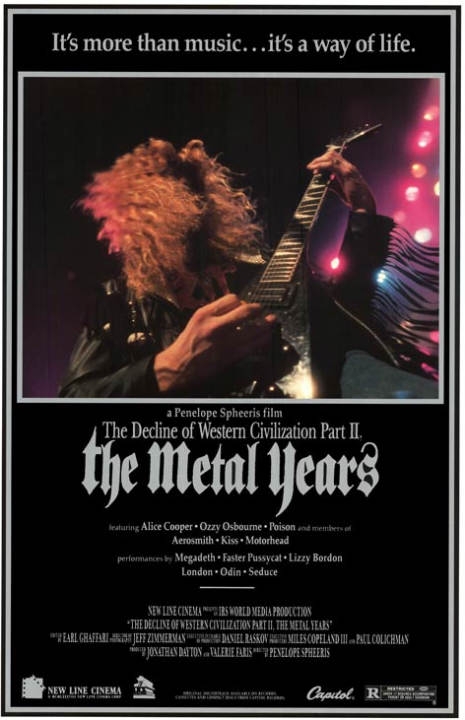
Glam rock’s history is clustered into two distinct eras: its initial early 70s glitter-pop boom (T.Rex, Sweet, Slade, Suzi, Bowie, New York Dolls) and its macho, chest-thumping 80s hair metal resurgence (Mötley Crüe, Poison, Ratt). If you’re looking for the connective tissue between the two, it’s very clearly KISS and Hanoi Rocks. But there was also a hazy and overlooked “art-glam” moment in the mid to late 1970s when bands like Roxy Music and Sparks stretched glam’s platform boot stomp into weird new musical life-forms. Art-glam’s pinnacle achievement, I think, was the first two albums by reluctant Brit glitter-kings Japan. Adolescent Sex and Obscure Alternatives were both released in 1978. By the time most people discovered them, the band had already abandoned their sound and vision, barreling straight-ahead into synth-driven pop, eventually becoming vanguards of the “New Romantic” movement. They were much happier being proto Duran Durans, and Japan frontman David Sylvian decided to just pretend 1978 never even happened.
But it did, man. And it was glorious.

Dandies in the underworld: Japan in 1978
Japan was formed in South London in 1974 by Sylvian and his brother, Steve Jansen. Sylvian’s tragic beauty was the band’s initial calling card and when early publicity photos wound their way to the band’s namesake country, they became instant sensations there. While virtually ignored back home, they were huge in Japan, even before releasing a lick of music. Their manager told the Japanese press that Sylvian was voted “most beautiful man in the world” (he wasn’t), and that was really all they needed. Initially, Japan’s sound was essentially blue-eyed funk, but by the time they hit the studio in 1977, an affection for the chunky hooks of the Dolls and T.Rex had kicked in. Their first two albums are low-budget wonders of post-punky jangle, alienated disco-funk, and slithery glitter rock. None of it should work, but it does. Perfectly. And looks-wise, the band was impeccable, like Hanoi Rocks in custom-fitted shark skin suits.
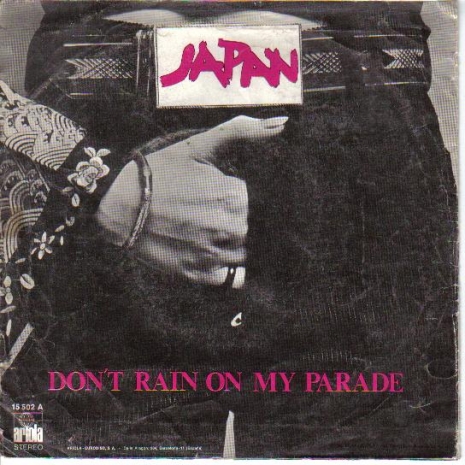
Racy sleeve for Japan’s debut 1978 single. Remind you of anything else?
But none of it mattered, really. 1978 had other things on its mind. Marc Bolan died in ‘77 and took glam rock with him. It was all about punk and disco and new-wave, and Japan’s funky glitter-rock seemed anachronistic to most, including the band themselves. In 1979 they met Euro disco king Giorgio Moroder who turned them on to dancier alternatives. He produced their hit single “Life in Tokyo” later that year and paved the way for their arty synth-pop makeover. They spent the next three years pioneering the new romantic movement before unceremoniously breaking up mid-stride. Sylvian has gotten the band back together here and there over the intervening decades, sometimes under the moniker Rain Tree Crow. But one thing he has never wavered on is how much he hates those first two albums.
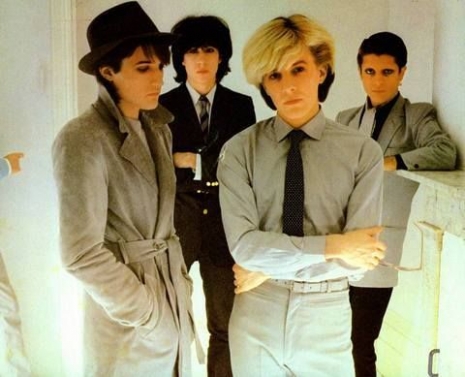
Japan’s 1980 new-wave makeover.
“It doesn’t mean anything. That whole era of Japan was ....misguided,” Sylvian told NME in 1991. “If people want to somehow keep that period alive for themselves it’s really up to them but they’re fooling themselves. Maybe it’s a fantastic form of escapism for those people who build their existence around the fact that there was once a group called Japan. I think they’re missing so much in life. I feel totally detached from it. I don’t relate to it at all. If I felt complimented or flattered by that then I’d say so. I don’t. In fact most of the time I find it irritating, in that they’re highlighting an area of my work that I was involved in, in which I place no value myself.”

Well, sez you, dude. The fact of the matter is this: Japan’s 1978 albums are gorgeously disaffected glam rock gems well worth rediscovering.
And as these clips after the jump show, they looked as fantastic as they sounded.







